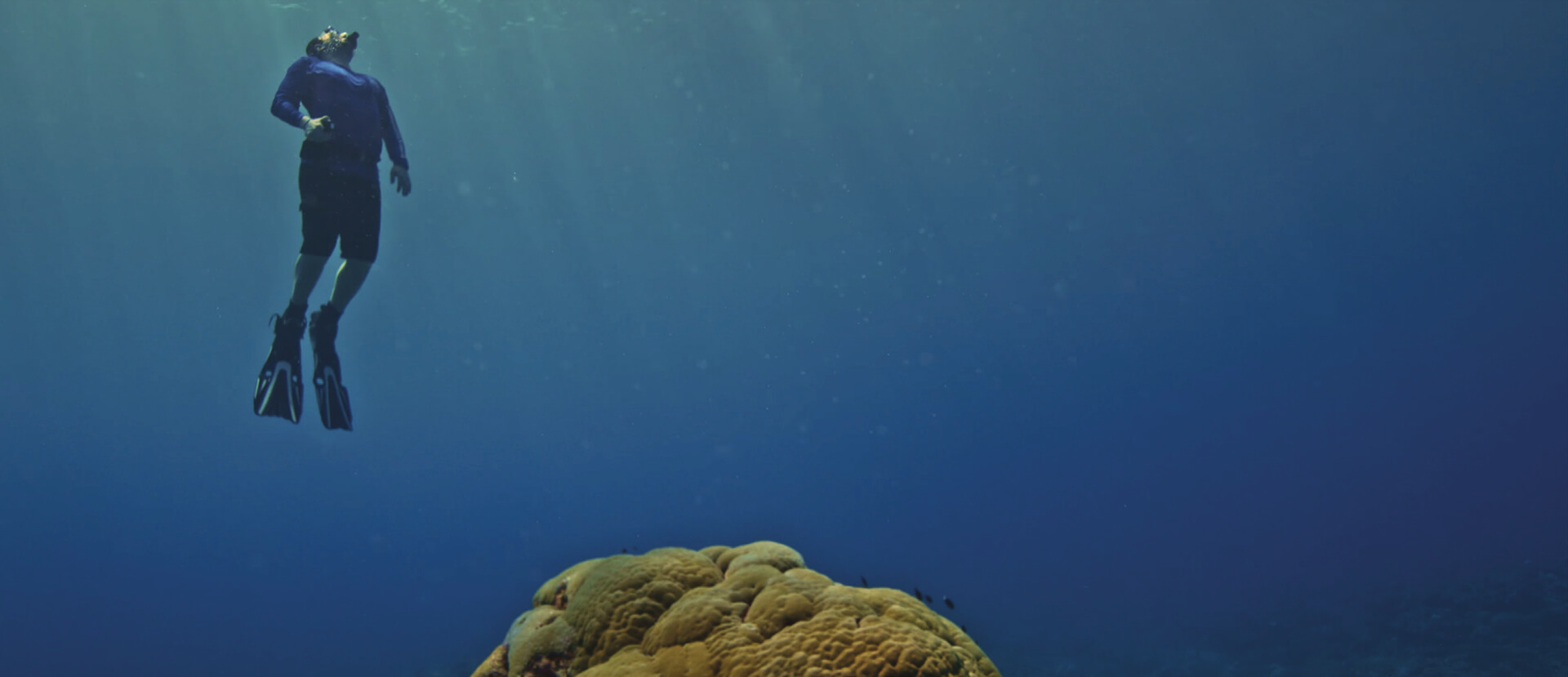From the Director

The choices we make today to protect the health of our blue planet will reverberate for decades to come. The talented women and men who work for NOAA’s Office of National Marine Sanc-tuaries are dedicated to our mission because we want the American people to enjoy these special underwater places today, tomorrow, and for generations to come. Climate change and other human-caused impacts pres-ent an enormous challenge to that dream, giving all of us more reason to do what we can now to help solve these problems.
From the Quileute woman whose family depends on shellfish, to the fourth generation fisherman who watched the black sea bass move north to cooler waters, to the scuba guide who now teaches visitors about coral bleaching—climate change is affecting Indigenous people and the coastal communities and businesses that depend on critical resources that your national marine sanctuaries protect. This impact to the “Blue Economy” ripples throughout our sanctuary communities, and beyond.
Not only are national marine sanctuaries and marine national monuments affected by climate change, but they also have an important role to play in addressing the impacts. Most are real-time laboratories for climate change research, while others offer refugia—places where change is not happening as rapidly or where organisms appear particularly resilient to climate impacts.
The Biden Administration has communicated in Executive Order 14008 and the corresponding “Conserving and Restoring America the Beautiful” report that climate change and protecting our nation’s land and water are of utmost importance. Sanctuary researchers are already taking important steps to understand which resources and habitats are most affected by climate change. This information will allow us to develop management plans that reflect these new challenges and prioritize future actions to protect our most vulnerable resources.
National marine sanctuaries are also an important interface between communities and the ocean, and between scientists and the public. These spectacular places in the ocean and Great Lakes, which are open to the public for responsible recreation and tourism, offer opportunities for our experts and educators to reach out to people and communicate the causes and effects of climate change. We are not taking this task on alone, however. Our partners across the National Marine Sanctuary System—fishing and diving captains, whale watch operators, museums and aquariums, tribal partners, etc.—are working with us to raise awareness of the threats facing natural and cultural resources in sanctuary and marine national monument waters.
It is my hope that by prioritizing climate change research, scaling up our outreach efforts, and continuing to work collaboratively with other agencies and partners, we can minimize the impacts and begin to turn the tide.

John Armor, Director


